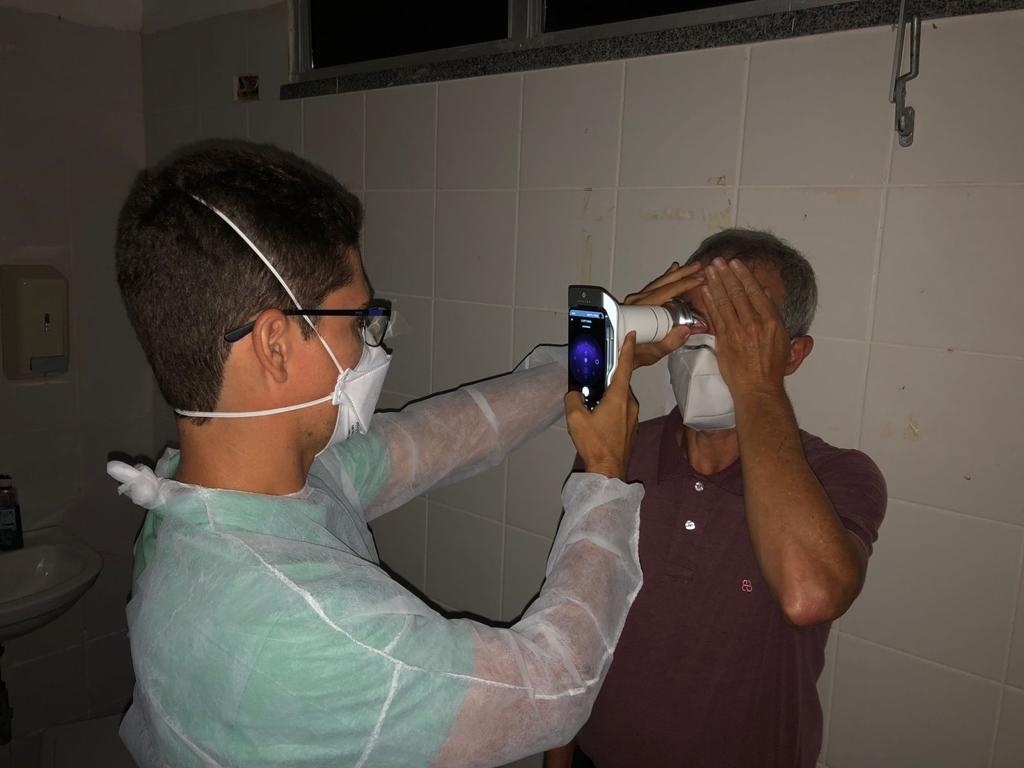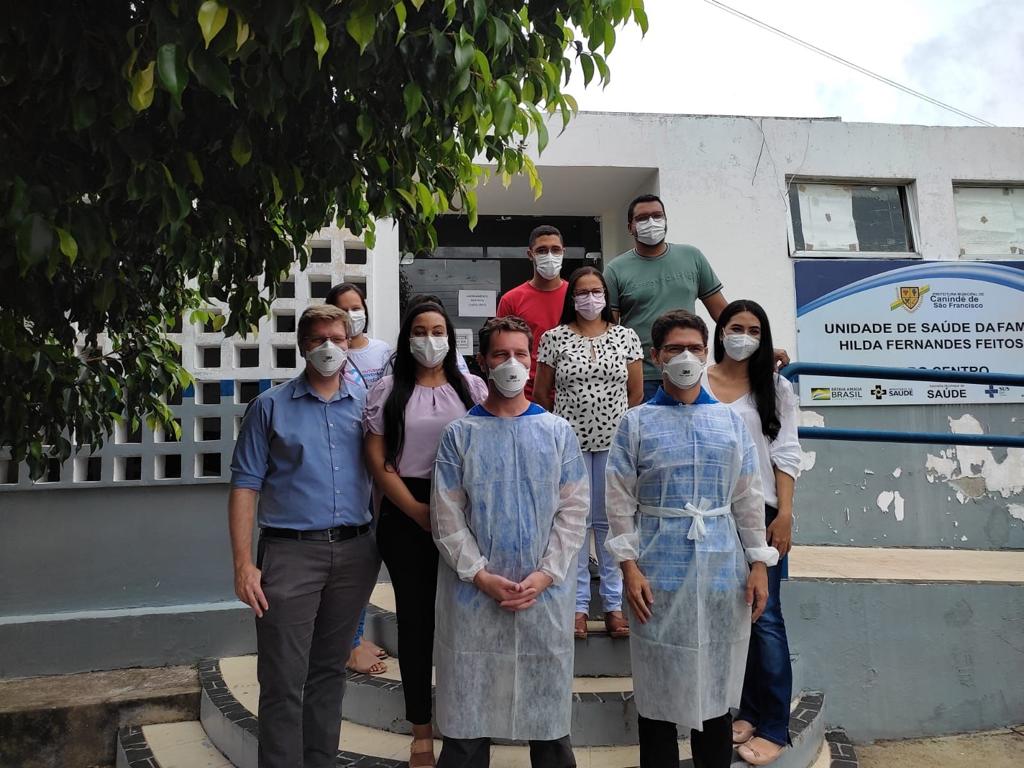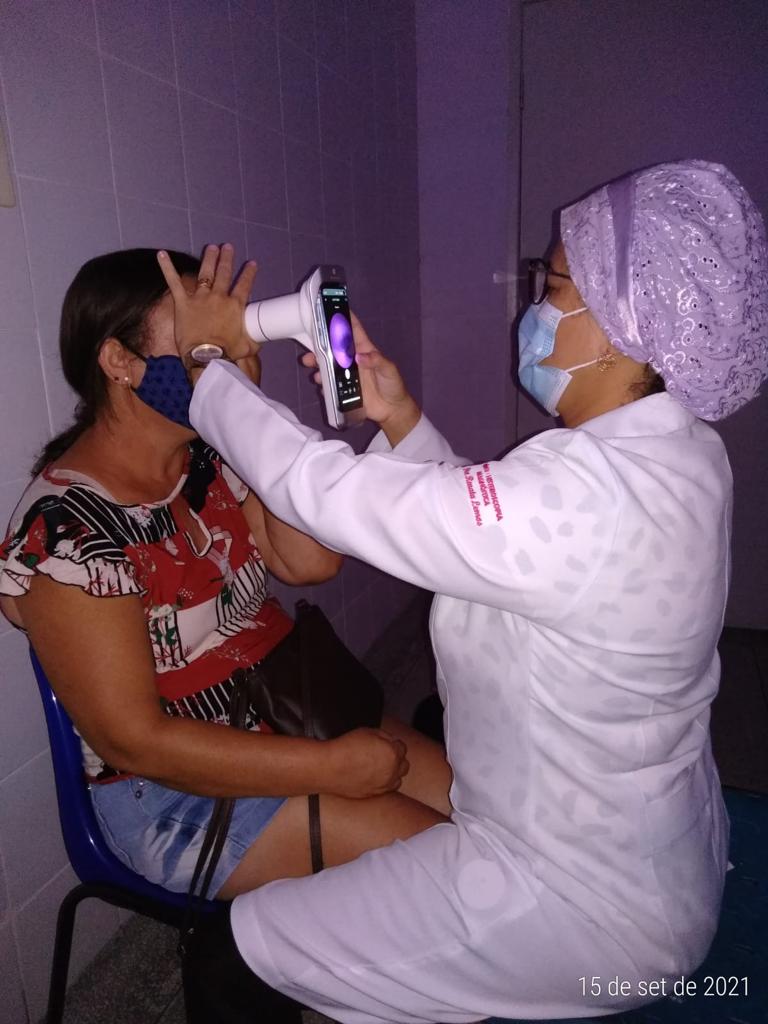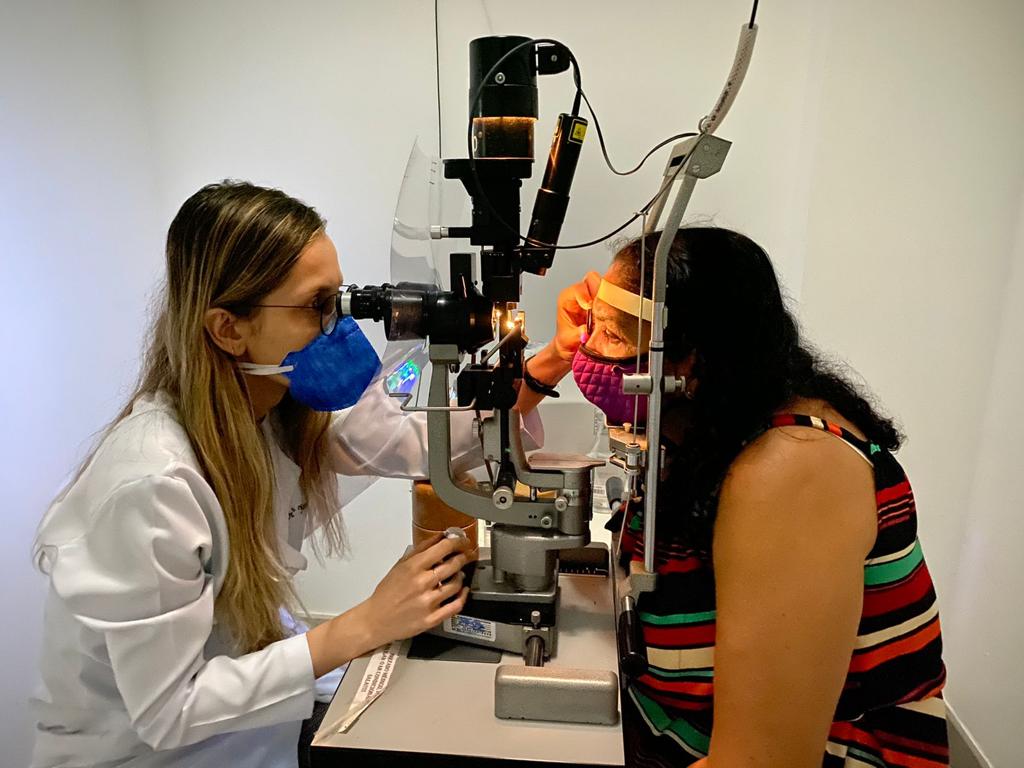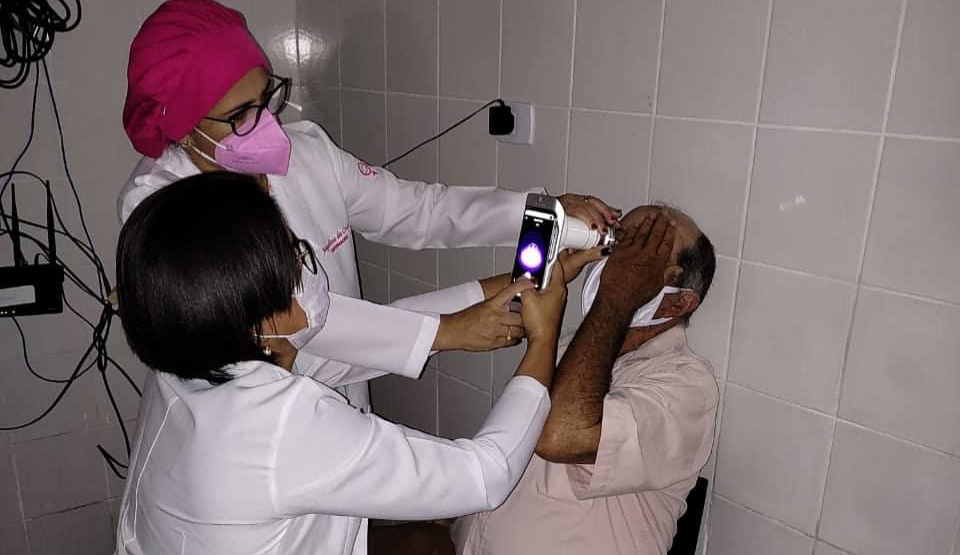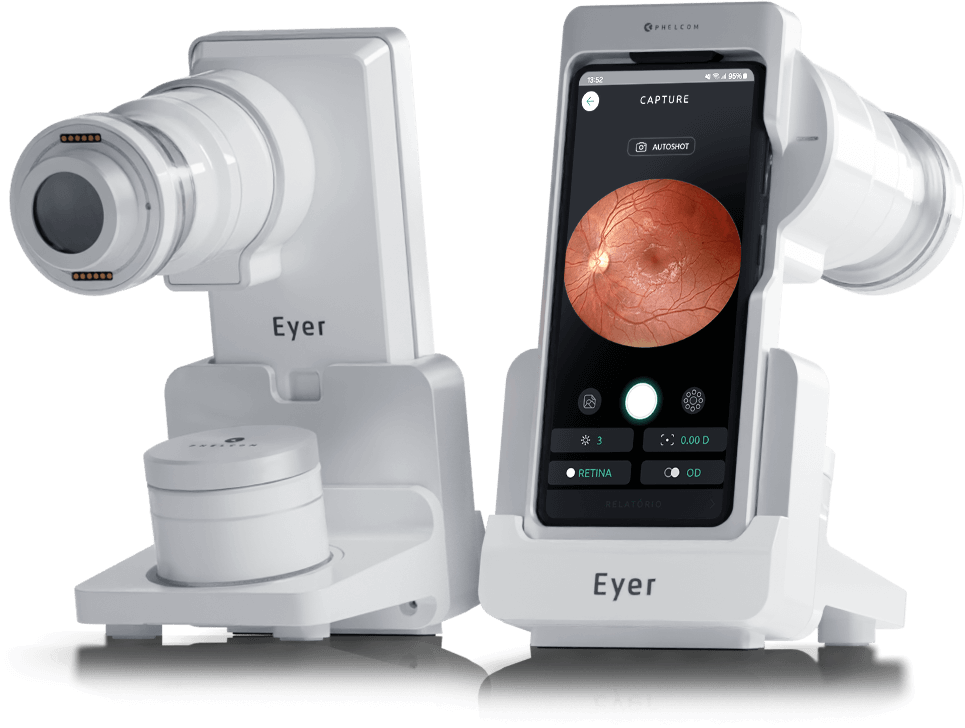In partnership with the NGO Retina Global, doctors plan to perform digital retinal exams and retinal mapping in more than 15 thousand diabetic patients in the countryside of Sergipe.
Last year, the NGO Retina Global was interested in developing a social project to diagnose and treat diabetic retinopathy in Brazil. The North-American institution acts to create sustainable solutions in controlling retinal diseases in poor areas all over the world.
Thus, the partnership with the ophthalmologists Fernando Malerbi and Gustavo Melo gave birth to “Iluminar”, a project to track and treat diabetic retinopathy in 13 municipalities in the backlands of Sergipe. The group chose the region for its history of poorness related to drought and lack of ophthalmological assistance in public health.
Up to now, more than 700 people have undergone retinal exams in the cities of Itabi, Graccho Cardoso and Canindé de São Francisco. “Approximately 150 patients have been submitted to a new retinal mapping exam with the team of retinologists on site. From those, 50 were sent to laser photocoagulation treatment”, highlights one of the project leaders, ophthalmologist Gustavo Melo.
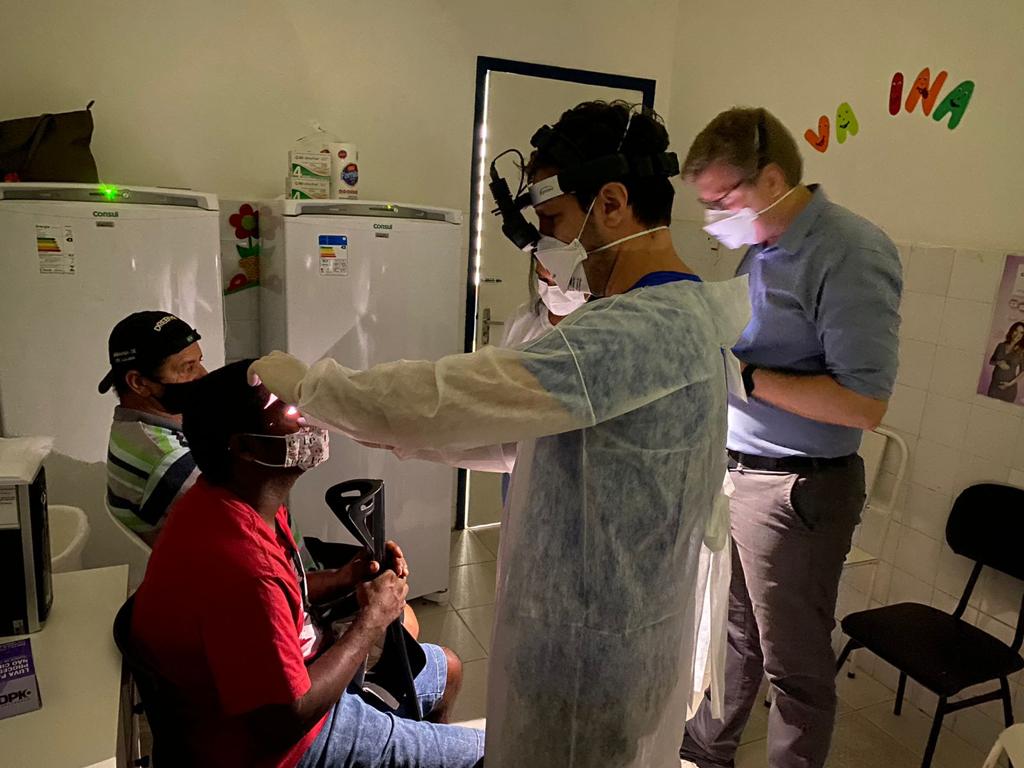
The joint efforts count on two healthcare technicians, around ten workers from Basic Healthcare Units (UBS) from each municipality and four volunteer ophthalmologists, part of them sending remote reports.
Retinal images are made with Phelcom Eyer smartdevice. Coupled to a smartphone, the equipment carries out high quality exams, in a few minutes without need of pupil dilation. Integrated to a cloud system, it makes data available automatically in EyerCloud online platform. This way, a doctor can generate a report from anywhere in the world.
“Eyer allows optimizing time and costs by tracking the diabetic population in the countryside so that they do not need to move to the cities that have equipment and specialists. Non-midriasis is another advantage, since 90% of the cases do not need to dilate the pupil”, explains Melo.
The smart device also offers the joint efforts of an artificial intelligence that identifies diabetic retinopathy and other eye diseases with more than 95% sensitivity in just three seconds. After that, the exam is sent to the ophthalmologist for checking and reporting. The AI is at the final test stage.
Next Stage
This month, the Project will be at Poço Redondo. It aims to provide care for 15 thousand diabetic patients in 13 cities in Sergipe, in a period of two years.
“The great differential is optimization of time, essential for early diagnosis, so that chances of diabetes-related blindness lower considerably. Raising awareness of both the population and public managers about the efficiency and lower cost of this way of tracking diabetic retinopathy may stimulate the creation of health policies to treat this disease and others that affect the retina”, analyzes Melo.
